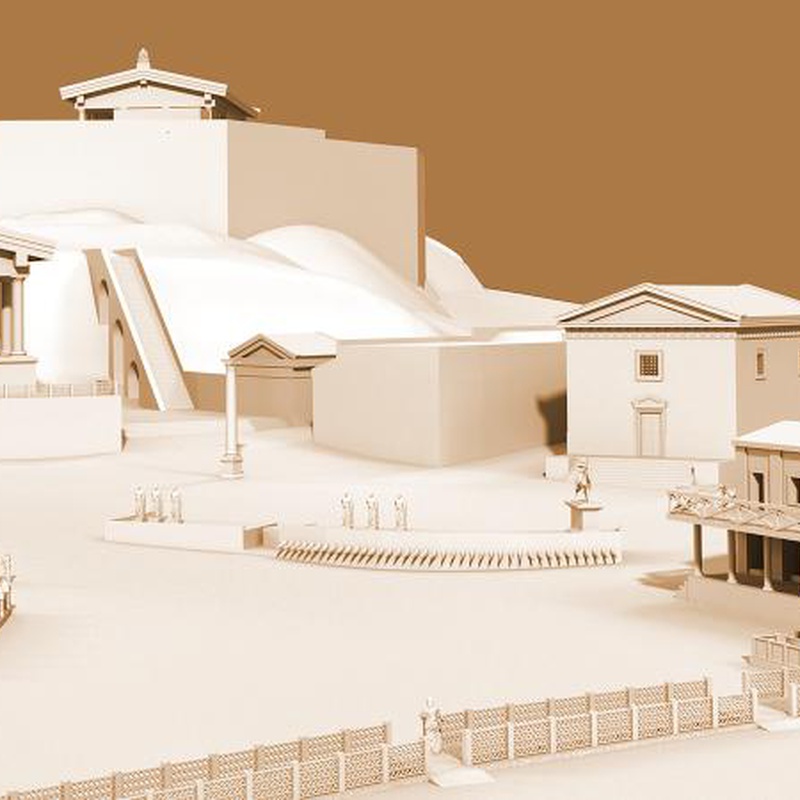Posted by Shazarch on 25 Apr 2022
Comitium
Ancient Rome, Roman Forum
Archaeological site
The Comitium, or Comizio in Italian, served as the original open-air public meeting space of Ancient Rome, bearing significant religious and prophetic implications. The term 'Comitium' is derived from the Latin word for 'assembly'. Situated at the northwest corner of the Roman Forum, the Comitium's location was eventually obscured by the city's expansion but was unearthed by archaeologists at the dawn of the twentieth century. Key early Roman monuments such as the Rostra, the Columna Maenia, the Graecostasis, and the Tabula Valeria were either part of or connected to the Comitium. The Comitium was central to Rome's political and judicial life, hosting the Curiate Assembly, the first organized voting assembly of the Republic. In the era of the Roman Republic, it was also the gathering site for the Tribal Assembly and Plebeian Assembly. The Comitium stood adjacent to the Roman Senate's meeting house, fronted by the enduring Curia Julia and its antecedent, the Curia Hostilia. Historians Livy and Cicero both acknowledge the proximity of the Curia Julia to the Comitium. Analogous comitia existed in most Roman cities, facilitating public meetings (contiones), elections, councils, and tribunals. As an integral component of the forum—a hub for temples, commerce, judicial, and civic structures—the comitium was the epicenter of Rome's political endeavors. The Romans were known for their systematic organization of urban spaces to meet their civic needs. With the city's growth, the larger Comitia Centuriata convened on the Campus Martius beyond the city walls. Despite its diminished significance after the fall of the republic, the comitium continued to be a site for the formal election of certain magistrates.
